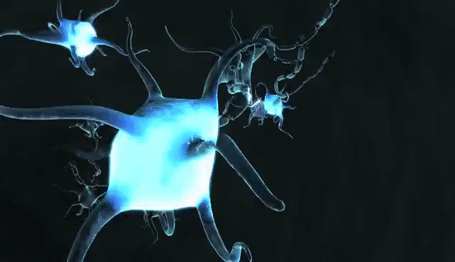Does this sound like you?
Working with clients who are in pain scares me – it feels too complicated!
I don’t think I know enough to work with someone who has chronic pain.
Working with someone in pain seems like it’s beyond the scope of my role as a teacher.
I don’t want to work with someone in chronic pain – what if I make it worse?
What if you felt like this instead:
I feel prepared to work with someone who has chronic pain – it’s not scary to me.
I have the tools and techniques I need to make sure I can keep them safe.
I can work with anyone, or I can determine if I should refer them out.
My skills and knowledge set me apart from other teachers.
START HERE:
It can feel scary and overwhelming when you or your clients have pain, but it doesn’t have to be.
And here’s a big secret: Sometimes not moving can actually make your pain worse.
Watch this video to learn:
5 essentials you need to know about pain, with practical solutions to use right away with your clients.
READY TO LEARN MORE?
Let's Go!
This Course Will Cover:
- Anatomy of the nervous system: how the brain, spinal cord and peripheral nerves work together
- Old model versus new model of pain
- Mechanism of acute pain: what is its purpose, and how does it protect us
- The differences between acute pain and chronic pain – useful versus not useful pain
- How chronic pain creates body-wide systemic changes to maintain a pain cycle
- Interdependence and hierarchy of body systems – how your body decides what is most important
- The biopsychosocial model of human experience
- When pain comes from non-musculoskeletal sources, and how to know if that’s happening
- Pain red flags – when to refer a client out to a clinician
- A variety of techniques to safely work with clients with chronic pain
COURSE BREAKDOWN:
Part 1: The Basics
- Easy to understand nervous system anatomy: brain, spinal cord, and peripheral nerves
- Old vs. new pain model - and what's the biggest difference
- How the biopsychosocial model creates a person's pain experience
- Mechanism of acute pain - what happens when we have an injury

Part 2:
NEUROANATOMY DEEP DIVE
- Acute vs chronic pain: what are the key differences
- How your body physically changes after being in pain for a long time
- Physical changes to the site of injury, the spinal cord, and the brain, that keep the pain cycle going

PART 3: OTHER SOURCES
- Interdependence and pain - how your brain decides what is most important to pain attention to
- Pain from non-musculoskeletal sources that can mimic or seem like an injury
- Red flag symptoms: when it's time to refer out to a clinician

PART 4: NEW MOVEMENT IDEAS
- Concepts to work with clients with chronic pain
- Breakdown of ideas and strategies that have proven positive impact
- How to help your client break the chronic pain cycle

PART 5:
EXERCISE demonstration
- Demonstration of movement strategies from Part 4
- How to effectively work with your clients in pain

Watch at your own pace, ask questions in the comment section, and repeat sections as often as you would like! Once you sign up, you can access the videos forever.
Con Ed: 5 non-contact hours from Yoga Alliance.
It's time to LEVEL UP!
Meet your instructor:

I’m Dr. Sarah Court, and I’m a Doctor of Physical Therapy, a movement mentor, and a yoga teacher trainer. My superskill (not to be all braggy) is to make concepts that feel overwhelming or confusing very simple to understand
I’m the creator of Quantum Leap Community, a continuing education online mentorship group that helps movement teachers methodically and clearly understand how to work with their more challenging clients while staying within their scope of practice.
I also teach public workshops and teacher trainings internationally, bringing together the worlds of yoga, strength, and neuromuscular exercise. Most recently, I created yoga and movement content for the Headspace meditation app. I live in Los Angeles, and split my time between teaching and clinical rehab work.
As seen in:














